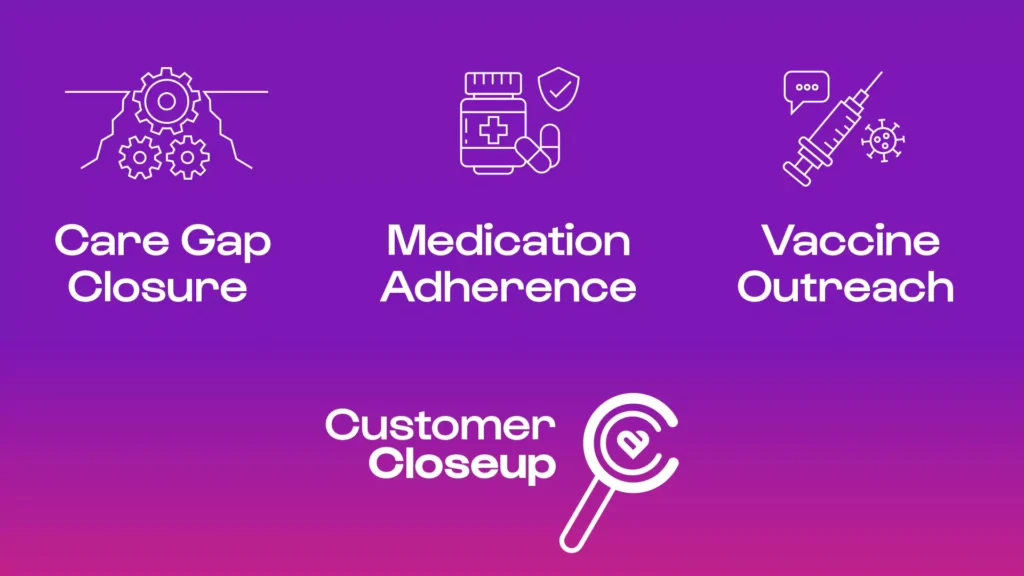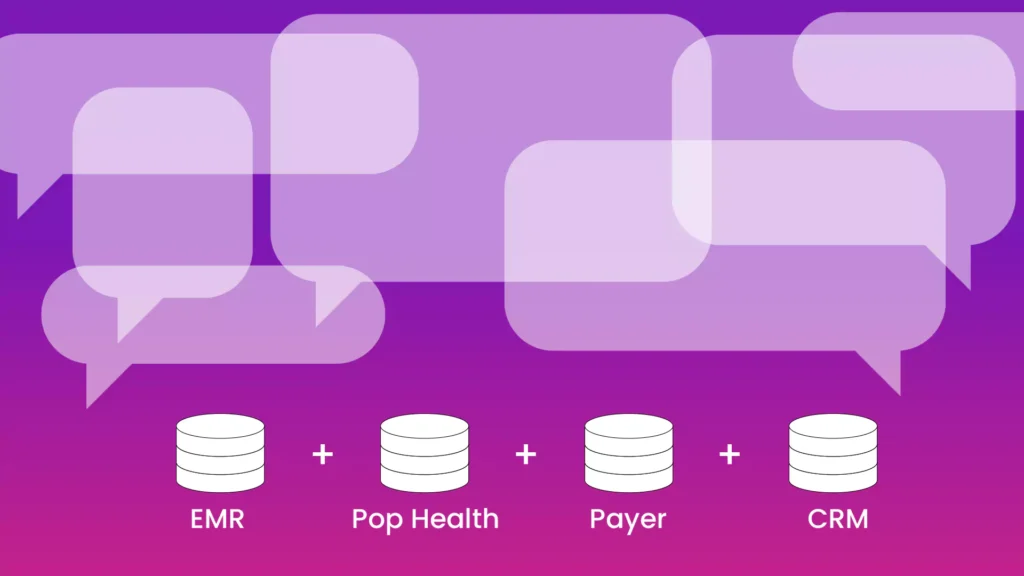A key factor in optimal patient care is referral scheduling and management, the process in which a patient transitions to the next step in care. Closing the referral loop requires a well-orchestrated process focused on patient-centered care, a balanced clinical staff workload, accessibility of information, and efficient communication and coordination between clinicians.
Referral scheduling is historically challenging and can put patients at risk
Referral management has been a challenging process even prior to the COVID-19 pandemic. For example, a Duke University study analyzed the appointment completion rate of primary care referrals to specialists in a large health system. The study found that only about 35% of analyzed referral scheduling attempts resulted in documented complete appointments. Patient access and availability issues often account for low rates of closing referral loops, appointment scheduling rates, and provider differences. Gaps in the referral process are a frequent occurrence in large health systems with complex referral management and provider networks.
Poor referral management and failure to close the referral loop are also harmful to the health of patients. When there is a breakdown in the communication of information between primary care physicians and specialists, patient safety is at risk. Delays in referrals can also lead to increased mortality, decreased quality of life, and missed opportunities to slow the progression of a disease or condition.
Referral management can impact a health system’s financial health
Proper referral management also has financial implications under both fee-for-service and value-based reimbursement models. Fibroblast and Sage Growth Partners surveyed healthcare executives who reported that their organizations are losing revenue due to improper referral management and patient leakage.
“To survive, today’s healthcare organizations must navigate both the fee-for-service and the value-based world. That means they need to grow revenues while demonstrating better value to payers and taking on more risk,” the survey reported.
A well-functioning patient referral process can help clinicians provide value-based care by reducing referral processing time and overhead costs, streamlining workflows and improving efficiency. In a fee-for-service model, referral tracking helps identify additional revenue streams by referring in-network and boosting the use of health care services. When referral management is properly executed in both models, patient leakage is reduced since they are optimizing referrals for cost, care coordination, and patient care quality.
Communication breakdowns create problems for referral scheduling
Health systems rely heavily on shared EHRs to facilitate the referral process but this can be imperfect. For example, The American College of Physicians (ACP) authored a closing the loop paper, based on a Denver Health study, and concluded that a great majority of practices lack established processes for closing the referral loop. The hospital assumed specialists would see new referrals in the EHR, the scheduling department would schedule these referrals in a timely manner, and the referring providers would receive status reports on the outcome of their referrals. In reality, due to breakdowns in communication and information sharing, patients often get lost in the scheduling process and never complete a referral visit.
COVID is an added burden in closing the referral loop
As we enter 2022, the latest COVID wave has overwhelmed hospitals across the country, with the lack of ICU bed capacity similar to where it was a year ago in many states. This makes effective referral management all the more challenging as healthcare leaders work to balance limited resources with unprecedented financial pressure from a reduction in non-COVID-related care. There are also real risks for patient outcomes. A CDC study found that an estimated 41% of U.S. adults had delayed or avoided medical care due to concerns about COVID-19. Frontline clinical support staff typically play an important role in following up on referral scheduling, but staff members also report significant levels of burnout related to patient communication tasks.
Patient communication tools key to referral management success
When a referral is ready for scheduling, it is critical that organizations proactively contact patients with the right message at the right time in order to improve patient outcomes. Solutions like WELL™ help make the most of limited time and resources through automated text outreach. In addition, with conversational outreach, patients can get in touch regarding any questions about the referral itself, or any barriers to scheduling.
For example, at the beginning of 2021, the UNC Health (UNCH) rheumatology department received a high volume of referrals due to business growth; however, the department did not have more staff to schedule appointments so UNCH implemented WELL to assist with their referral conversion rates. For UNCH, referral conversion is the ability to receive a referral order and convert it into a scheduled appointment. From the date that the referral is ordered, UNCH’s goal is for an appointment scheduled within three weeks.
Using WELL Health’s conversational messaging, UNCH was able to text its patients about setting up a referral appointment, and patients could instantly text or call back. This type of outreach proved more effective than sending messages through My UNC Chart or leaving phone voicemails that may not be heard. After three months of using WELL Health, UNCH Rheumatology improved their referral conversion rate from a disappointing 30% to consistently averaging a high of 75% every month.
Referrals are a vital next step in a patient’s care journey. As demonstrated by the UNCH case, patient communication tools like WELL are essential in helping patients take that next step toward wellness and close the loop on referral scheduling requests. ♥
Read more about how UNC achieved its referral goals and download the case study here.



